Jul 21, 2025
Author:Sam Wonder
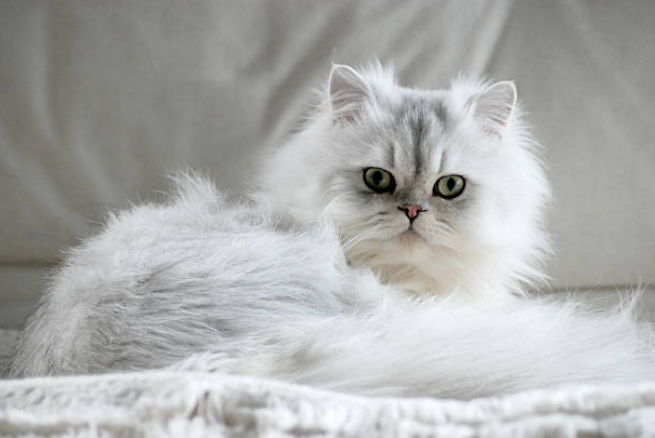
Persian felines rank among the most cherished and visually rare cat types worldwide. Praised for their soft coats, shining eyes, and calm nature, these pets remain a favorite within homes and individuals alike.
Yet one repeated question that emerges from future owners is: How big do Persian cats get? Whether you're welcoming a kitten or adult, knowing their proportions, development stages, and wellness needs is vital for responsible animal parenting.
In this manual, we’ll explain everything necessary to grasp regarding the Persian feline's size, growth habits, weight standards, and advice for ensuring they remain fit during development.
People all around the globe love Persian felines and believe they're stunning. Individuals and households admire these cats because they are gentle, sport luxurious fur, and their eyes convey a wealth of emotion.
However, many shoppers seeking to adopt a kitten want to learn how large Persian cats typically become. You should understand how big your pet may grow when it matures and what level of veterinary care is needed—whether it’s a baby kitten or a mature feline.
The information on this page about Persian cats includes their size, speed, weight, and care requirements.
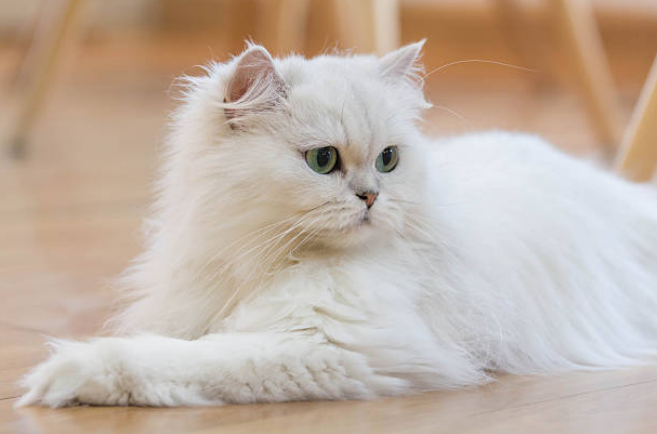
A Persian cat has massive, glittering eyes, wide cheekbones, and a flat nose that distinguishes it.
Their coat is also exceptionally lengthy. They are considered one of the oldest and most celebrated cat varieties in the world, originating from modern-day Iran, formerly Persia.
Owners say Persian cats are friendly and serene. They also enjoy resting in cozy spaces. Though charming, they demand personalized grooming and wellness habits which could influence their shape or pace of maturity. They seem sweet, but require specialized upkeep and care.
Their dense, fluffy coats can make them seem larger than actual; nonetheless, they vary between mid-size to bigger. Their bodies appear sturdy and wide, though their bones remain firm; normally, Persian male cats weigh nearly 9 to 14 pounds (4 to 6.5 kilograms).
Commonly, they’re 10 to 15 inches high and 14 to 18 inches lengthy. However, Persian females aren't equally tall. In terms of length, they range between 12 through 16 inches and 10 up to 14 inches tall. They typically weigh at 7 to 11 pounds (3 through 5 kg).

Persian felines usually reach their full scale between ages 1.5 and 2. Certain ones, particularly those spayed or neutered later, might still grow larger and tougher until nearly three years.
Persian cat full size develops when they’re two years, though some may continue "filling in" and enlarging till they’re three.
This represents the prime stage to begin regular reinforcement, visit veterinarians frequently, and develop a wellness routine for lasting health gains.
Multiple components could affect the body of a Persian feline. You might assist your pet develop strong and form better guesses about their eventual size when aware of such details.
The DNA of a Persian cat plays the biggest role that influences its stature. The most simple method to predict how large a kitten gets once mature is observing its parents. The kitten will probably grow larger than average when both its parents are oversized.
The fastest method to guess how large a kitten could grow when it matures is observing its guardians. The kitten will probably be bigger than normal if both of its parents remain above normal in size.
A good cat breeder will often tell you how much the kitten’s parents weigh and what their background is like. This helps you guess how big the kitten might grow when it becomes an adult.
A Persian feline’s build likewise varies depending on whether it’s a male or a female. Frequently, male felines become larger, bulkier, and more challenging compared to females.
Although males and females display identical structure types, boys are typically broader and more cumbersome. Thus, you could occasionally estimate how big a kitten may grow, depending on whether it’s male or female.
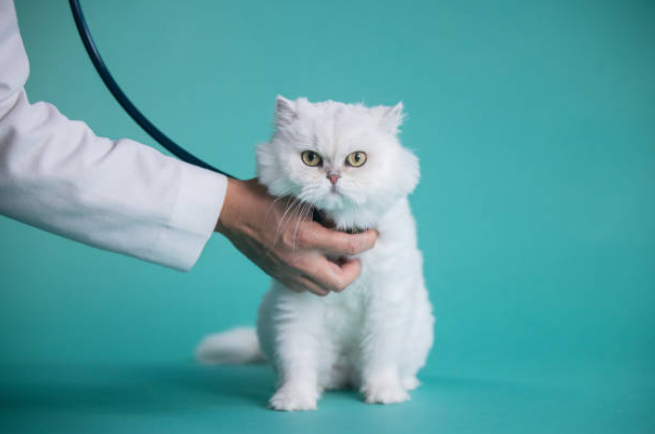
Cats must consume proper meals from when they are kittens until becoming grown to build up strength. For specifics on portion sizes, frequency, and best practices, you can follow this helpful cat feeding guide.
They can gain weight quickly if you give them too many snacks or meals because they don't move around as much. If you are overweight, you may not be able to grow as quickly, and you may be more likely to get diabetes and arthritis.
Your Persian cat may experience growth or weight loss if it is unwell. Family members are more likely to have problems like Polycystic Kidney Disease (PKD), which might slow down the growth and weight gain of this breed.
Some things that can make it more hungry or make it hard for everyone's body to obtain nutrients are sickness, bugs, (or dental difficulties). You ought to bring your feline toward the vet routinely to monitor its progress and detect possible wellness concerns early.
Felines which are altered or desexed (can’t make babies) experience physical changes. Their chemicals shift, which makes it easier for them to gain mass. Those transformations also cause them to be less active and reduce their ability to digest.
That implies that though they keep growing, you should be extra careful to manage Persian cat weight correctly. To stop your feline from putting on excess, ensure it moves frequently and consumes the proper sort of food.
It’s tricky determining whether Persian felines are increasing or losing body mass due to their plush and thick coats. You must inspect and feel their bodies to carry out an accurate test.
Gently rub your cat's sides with your hands. You should be able to feel the ribs if you gently press on them. Your cat may be overweight if you can't see its ribs.

You should see a slight slight curvature in your cat's waist, just below the ribs, if you look down at it.
Pay attention to what your cat does every day. Their forms appear solid and broad, while their skeletons stay tough; generally, your Persian cat may be obese if it fails to hop onto furniture, skips activity, or becomes sleepy easily.
Always contact your vet for advice if unsure regarding your pet’s size. Vets use score charts to assess a cat’s condition and recommend changes to meals or activity plans.
You must provide your feline meals appropriate for their age to preserve their wellness. Kittens require protein-heavy, starch-filled meals enhanced with vital elements to support development. As felines age, you’ll change their intake to help retain proper size in adulthood. Taurine, omega-3 oils, plus other hair-supportive vitamins must appear in their dishes.
Persian cats could grow overweight when given unrestricted meals, since they tend to move less. Don’t leave meals out all the time. Schedule feeding and stick to the plan. Consider using food puzzles or feeding trays that engage them, slow consumption, and spark curiosity.
Getting groomed regularly If you brush your Persian every day, you can see how their body is changing, and their fur will stay smooth. You can see lumps, bumps, or sudden weight changes better when you groom your pet. Once a month, you can also see what's going on behind all that fur. This helps you see changes quickly.
Persians are generally quiet animals by nature, but they need to exercise to stay fit. Provide your feline balls, laser gadgets, or teaser wands to play with regularly. To entertain your kitty, consider installing perches, climbing posts, or other secure spaces indoors for them to play around.
To entertain your kitty, consider installing perches, climbing posts, or other secure spaces indoors for them to play around. You can also explore creative ways to keep cats active indoors using toys, feeding puzzles, and enrichment activities.
Your animal should visit a vet routinely to stay fit and thrive. When you bring your feline toward the vet consistently, you might discover medical troubles sooner. You’ll also verify your cat obtains all of its vaccines, pest remedies, and suitable dental assistance.
The Persian feline is larger and features more coats than a Siamese kitty, which seems slimmer and quicker. Persian breeds appear sturdy and compact, although they’re moderate in build.
Normally, by the age of two or possibly three years old, they’re completely mature and weigh roughly 7 to 14 kilograms. Their dense hair makes them appear heavier than they truly seem.
|
Breed |
Average Weight |
Size Comparison to Persian |
|
Maine Coon |
10 – 18 lbs (4.5 – 8 kg) |
Larger and taller |
|
British Shorthair |
7 – 17 lbs (3 – 7.5 kg) |
Similar but heavier build |
|
Siamese |
6 – 14 lbs (2.7 – 6.3 kg) |
Leaner and more agile |
|
Ragdoll |
10 – 20 lbs (4.5 – 9 kg) |
Bigger and longer |
If someone wishes to adopt a Persian kitten inside your place, you ought to learn to nourish it, groom it, and maintain it. This should enable your cat to enjoy a long, joyful, and active life. Persian cats remain gentle and affectionate, and it feels comforting to keep them nearby—regardless of how huge they become.
Persian cats thrive on routine and gentle care, which can be disturbed if you're frequently away from home. To stay consistent with feeding times and ensuring they stay engaged, it's essential to plan ahead. Tools like automated feeders or remote monitoring can be useful.
Learn more about how WOpet supports independent cats when you’re away to help keep your Persian feline comfortable and cared for, even when you're not around.
Label:
Popular Post
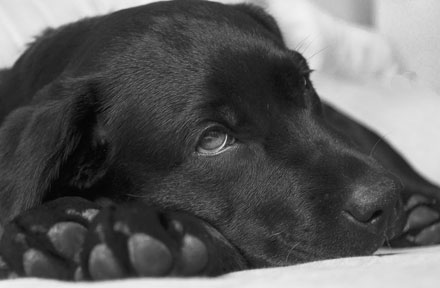
What to Feed a Sick Dog With No Appetite? [2025 Guide]
May 16, 2023
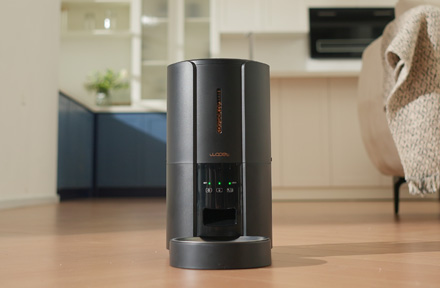
Troubleshooting Common Issues with Automatic Pet Feeders: Tips & Tricks for Pet Owners
Oct 26, 2023
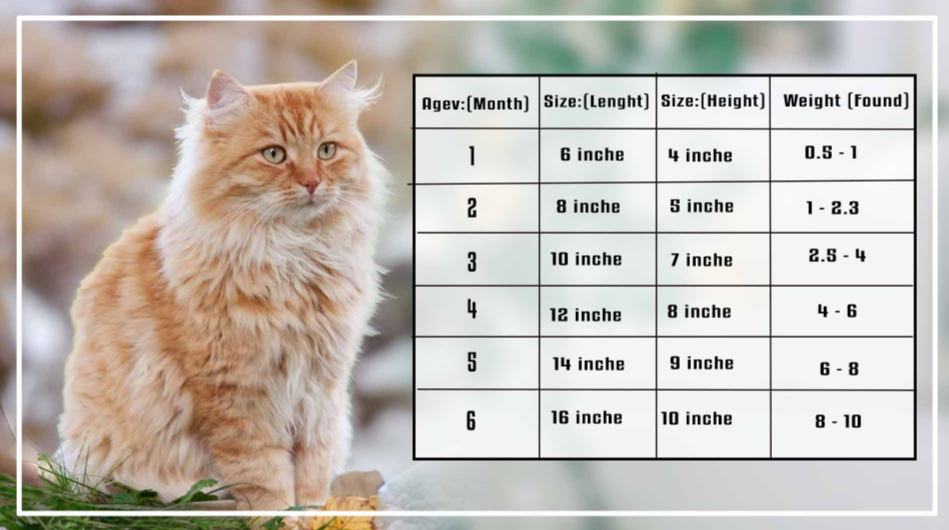
What is a standard Cat Weight chart by age Kg?
Mar 19, 2025
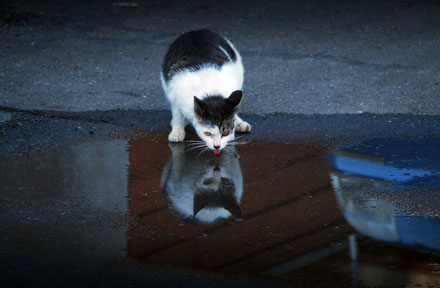
Why Does My Cat Cough After Drinking Water? 8 Potential Reasons
Mar 13, 2023
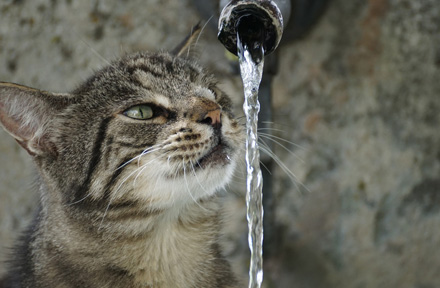
Why is My Cat Throwing up Water? Top 5 Causes Here
Feb 08, 2023
$109.99
$129.99
Copyright © 2025 WOPET. All Rights Reserved.